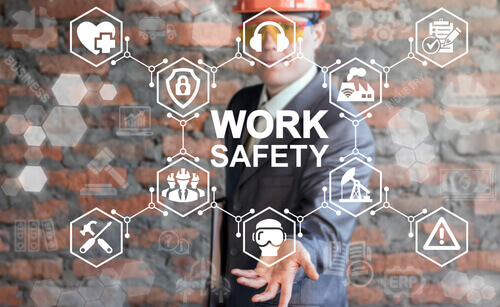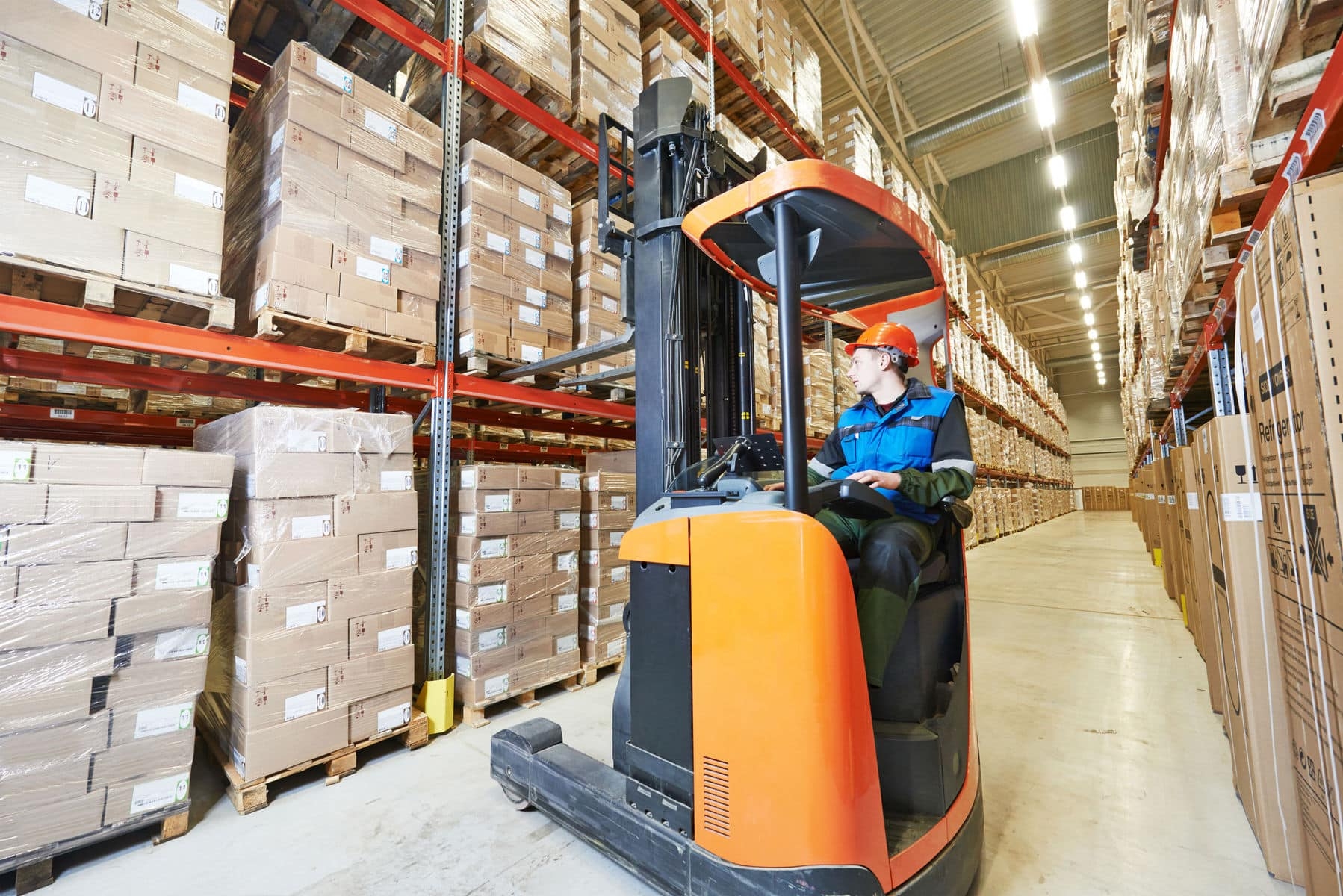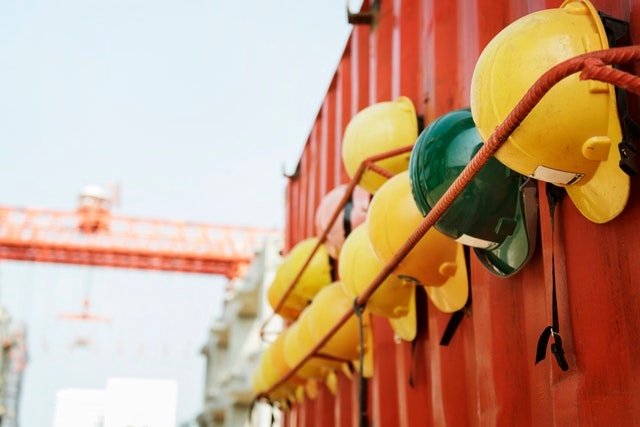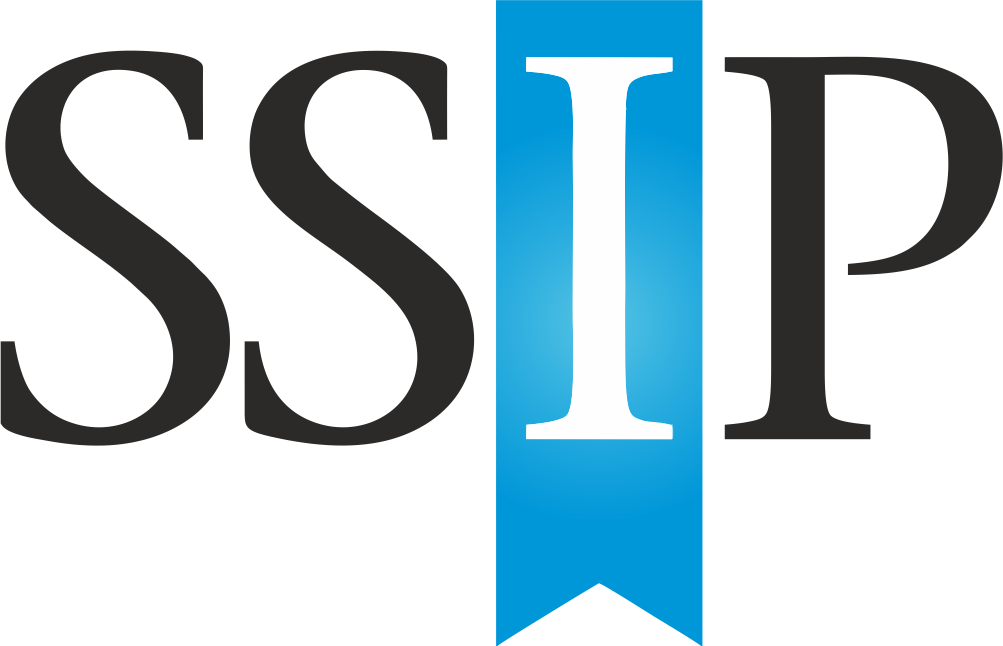 Our Health and Safety team have reviewed the upcoming changes to safety legislation in 2021, to provide you with practical guidance. Ensure your business is compliant with health and safety regulations to protect your employees, visitors and customers.
Our Health and Safety team have reviewed the upcoming changes to safety legislation in 2021, to provide you with practical guidance. Ensure your business is compliant with health and safety regulations to protect your employees, visitors and customers.
Brexit - Chemical Regulations
Following Brexit, the Health and Safety Executive (HSE) has issued guidance on regulating chemicals:
- Specifically authorisation of biocides - classification, labelling and packaging of substances and chemicals.
- Registration, evaluation, authorisation and restriction of chemicals (REACH).
Separate safety legislation and guidance will apply to Northern Ireland.
Safety Legislation | Product Compliance After Brexit
UKCA Marking - England, Scotland and Wales - As of the 1st January 2021, there's new UK product marking to be used for certain goods being placed on the market in England, Wales and Scotland. Known as UKCA marking, it covers most goods which previously required CE marking. It also applies to aerosol products that previously required the ‘reverse epsilon’ marking. However, to allow businesses time to adjust to the new requirements, businesses can in most cases still use CE marking until the 1st January 2022.UKNI Marking - Northern Ireland
UKCA marking alone cannot be used for goods placed on the Northern Ireland market, which require CE marking or UKNI marking. Further guidance regarding UKNI marking can be found on the Government website.
Safety Legislation | The Fire Safety Bill
The Fire Safety Bill received Royal Assent on the 29th April 2021, and is now known as The Fire Safety Act 2021. The bill will amend the Regulatory Reform (Fire Safety) Order 2005.
The purpose of the new bill is to improve fire safety in buildings in England and Wales where there are two or more domestic premises. It sets out clarification who is accountable for the reduction from the risk of fire. The duty holders/ building owners must manage the risk of fire for:
- The structure and external walls of the building, including cladding, balconies and windows.
- Common parts and front doors.
Building owners will be held accountable for not complying with the necessary fire safety guidelines by fire and rescue authorities.
Over the next few months, further regulations will be made under the Regulatory Reform (Fire Safety) Order 2005 which will see further consultations to be held.
Safety Legislation | The Building Safety Bill
This safety Bill is currently progressing through parliament. Following the Grenfell fire in 2017, an independent review of building and fire safety was carried out. The review concluded that the whole system needed major reform to ensure buildings are safe for their occupants, from the building stage right through to when occupants are living in their homes.
A key part of this Bill is ensuring that there will always be someone responsible for keeping residents safe in high rise buildings (18 metres or more in height). There will be an ‘Accountable Person’ who has to listen to and respond to residents’ concerns.
The Bill creates three ‘Gateways', which require production of information and the storage of this information. The Bill is not fully expected to be law until April 2022 however, Gateway 1 was introduced on the 1st August 2021.
Gateway 1 is a mandatory requirement to provide the planning authorities with a Fire Statement in the prescribed format that details that the fire safety considerations have been incorporated into the design of the build. Fire Statements should be produced by suitably qualified engineers with relevant fire safety experience and knowledge. Gateway 1 is applicable to residential buildings that are:
- Two or more dwellings or are used for educational accommodation, and;
- Meet the height condition (18m above ground level or seven or more storeys whichever is reached first).
BS ISO 45003: 2021 Occupational Health and Safety Management - Psychological Health and Safety at Work
In June 2021, a new ISO standard was introduced for practical guidance on managing psychosocial risks in the workplace. The new standard, BS ISO 45003:2021 goes in hand with completing the ISO standard 45001. There is no specific certificate for compliance with ISO 45003:2021 but by working to the standard of 45003 you will be closer to achieving 45001.
The standard addresses many areas that can have an impact on a worker’s psychological health. It will help provide guidance to organisations to identify areas within the organisation that may potentially have an impact on a worker’s psychological health and wellbeing, and, provide guidance on how to improve the working environment leading to safe and healthy workplaces.
Natasha’s Law & Food Labelling Guidelines
From the 1st October 2021, any premises that produces prepacked for direct sale food will be legally required to label it with the name of the food, the full list of ingredients and the allergens emphasized within the list. There are 14 allergens that must be declared on the label clearly.
Natasha’s Law has been introduced following the tragic death of Natasha Ednan-Laperouse on the 17th July 2016. Natasha sadly passed away as a result of a severe allergic reaction after eating a baguette that contained hidden sesame seeds. For further information please read our article on Natasha’s law.
IET Code of Practice 5th Edition Changes
The 5th Edition of the IET Code of Practice for In-Service Inspection and Testing of Electrical Equipment has removed the key phrases of ‘portable’ and ‘appliance’ to ensure that greater emphasis is placed upon managing electrical equipment in the workplace.
Prior to these changes, in order to demonstrate that electrical equipment was maintained and safe for use organisations would employ an electrician to visit to carry out portable appliance testing on their portable electrical items and no greater than 5 years have their fixed wiring tested and inspected. As a result of the terminology used prior to the 5th edition, meant that air conditioning units, security alarm systems etc which are often hard wired into the installation fall through the gaps and are missed off from in-service inspection and testing.
By the introduction of the 5th Edition of the Code, enables better management of electrical equipment and will ensure that all electrical equipment is incorporated into a maintenance and inspection regime. For further information please read our article on the IET Code of Practice 5th Edition Changes.
Smoke-Free Premises and Vehicles (Wales) Regulations 2020
These Regulations came into force on the 1st March 2021 and apply to Wales only. These Regulations revoke and replace the Smoke-free Premises etc.(Wales) Regulations 2007. They exempt certain premises from the requirement to be smoke-free and set out the circumstances in which vehicles are to be treated as being smoke-free.
It's essential to stay up to date with safety legislation updates, Wirehouse clients will recieve a monthly newsletter with a round-up of the key Health and Safety topics affecting UK businesses. If you are not a Wirehouse client get in touch with our safety team to arrange a consulation, gaining on-demand access to practical advice and support.







